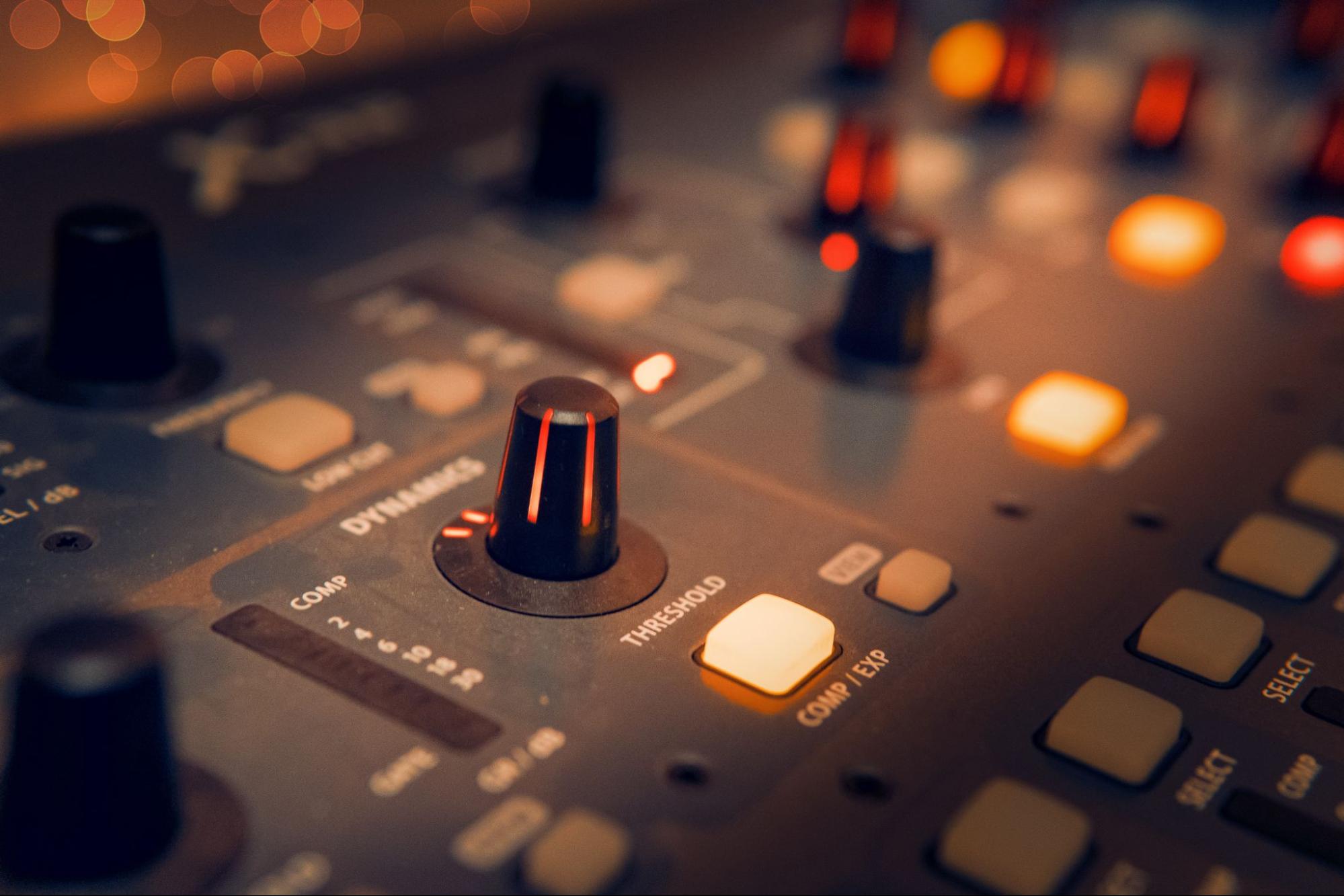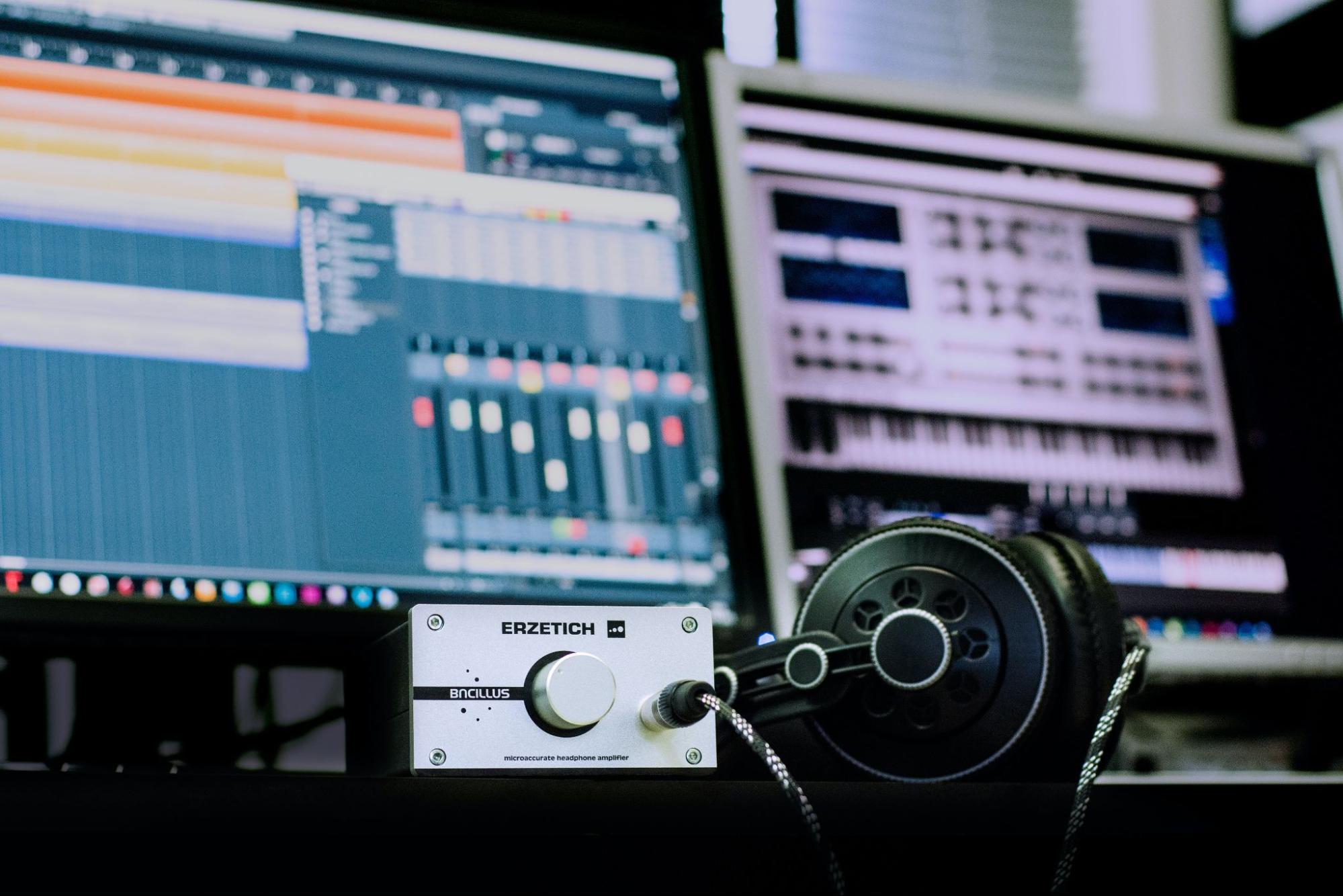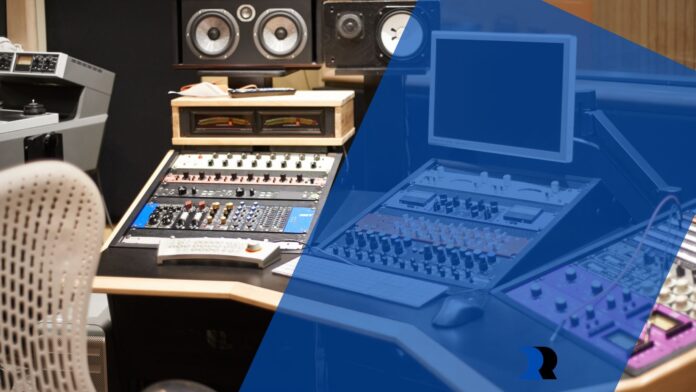Getting stuck into music production can feel overwhelming, but it doesn’t have to be. Whether you’re a budding artist or a DJ who wants to strike out making their own beats, our comprehensive Cubase tutorials for beginners are designed to guide you through the process from beginner to pro. With the right tutorials, you can unlock Cubase, transforming your creative ideas into amazing compositions. Here are a bunch of cubase recording tips we’d like to share with you;
Embarking on a Musical Journey with Cubase
Not sure where to start when trying to get your head around Cubase? For those who are new to this DAW, “Cubase for beginners” resources are essential. Our courses on Cubase are the perfect place to start, with tips from some of the world’s greatest DJs and producers. They guide you step by step, ensuring you feel comfortable and confident to start your own tunes.
Exploring the Interface: Navigating through Cubase’s features
After your Cubase install, you’ll notice the program boasts a range of features to help you craft your sound:
- Track Overview: Easily manage and view all your tracks.
- Mixer Panel: Balance and adjust the volume for different instruments and vocals.
- Effects Rack: Add reverb, delay, and other effects to polish your sound.
- Piano Roll: Input and edit MIDI data effortlessly.
- Sample Library: Access a variety of instruments and sounds.
- Transport Bar: Play, stop, or rewind your track with a click.
These are the main set of tools you will use every time you open Cubase.
Recording Your First Track: Tips and tricks for a successful recording session
Starting your recording journey in Cubase? Here are some simple steps to guide you:

- Get things set up: Make your microphone or instrument is connected.
- New Track: Click on ‘Add Track’ and select the type (Audio, MIDI, etc.).
- Levels: Check and adjust your input levels to avoid peaking when recording.
- Metronome: Use this if you need help to keep in time with the tempo of the track.
- Record Button: Once ready, hit the red circle to start.
- Multiple Takes: Don’t hesitate to record several versions; it will give you choices once you’re at the editing stage.
- Save: Frequently save your work to prevent losing your work, one of the worst feelings in the world! We’ve all been there!
Enhancing Your Track: Editing and Mixing Techniques in Cubase
After recording, it’s time to refine your track with these Cubase recording tips:
- Trimming: Adjust the start and end of your clips to remove any clicks and pops.
- Fade In/Out: Thai will help you to create smooth transitions.
- Equalization: Helps you get rid of any unwanted frequencies in the mix.
- Compression: Ensure a consistent volume throughout a track, or the song as a whole, if put on the master channel.
- Effects: Add reverb, chorus, or delay for extra depth.
- Pan: Move sounds left or right to create a stereo field. This will make your tracks feel much wider.
- Automation: Dynamically change any parameter within Cubase over time.
- Mastering: The grand send-off for your tune; once it’s mastered, you are ready to drop it at your next gig or send it to your favorite label.
Adding the Final Touches: Applying Effects and Mastering Your Track
Polishing your creation in Cubase involves the use of several handy plugins. Here are some essential ones to consider:
- EQ Eight: Sculpt and fine-tune your sound’s frequencies.
- Compressor: Keep your volume levels consistent.
- Reverb: Add depth and space to your mix.
- Delay: Introduce echo effects for added ambiance.
- Chorus: Enrich and thicken up your sound.
- Stereo Enhancer: Widen or narrow the stereo field of any sound.
- Limiter: Ensure your track doesn’t exceed a certain volume
Conclusion

Starting off using any DAW can be daunting; from the initial Cubase install to recording your first track, there’s every reason to look for help. The Cubase tutorials we have on the website will help you make first-class tunes in Cubase in no time. The professional tips from all our world-class tutors ensure your sessions capture the best sound, showing you how to use all the onboard plugins to refine and enhance your tracks. We can’t wait to hear how you’re progressing with your own Cubase productions; drop us a message in the comments and let us know how you are getting on.


